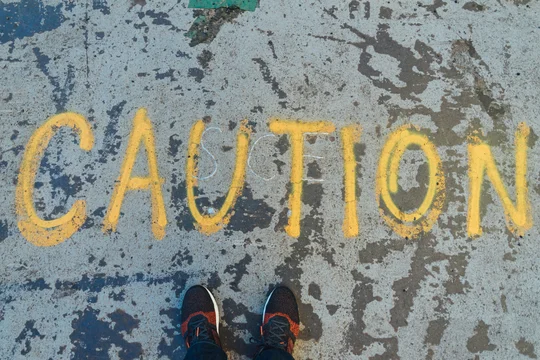
Sometimes people think that they have to offer expert testimony to rebut the other side's expert on every single issue. That's not true, at least when the other side has the burden of proof.
I've represented a defendant in a jury trial representing where we offered no damages expert at all, and it worked out well (under the circumstances—I'm definitely not saying it's a good general strategy). We poked holes in the opposing expert's theories, and the other side had no way to return fire and no reply report in which the fix the issues.
Judge Andrews addressed something like that last week in an opinion on a motion in limine. Defendant had offered expert testimony about a prior art reference, and plaintiff's expert did not challenge that the reference qualified as prior art.
But in the pretrial order, plaintiff presented a new theory that the reference was not prior art at all. Defendants moved to strike that theory, and the Court denied the motion. Judge Andrews noted that
the fact that Plaintiff offers no expert testimony does not mean that it cannot cross-examine Defendant’s experts. I do not have to accept expert testimony simply because there is no opposing expert testimony.
Interestingly, in addition to permitting the introduction of the theory at trial, he also permitted previously undisclosed testimony from two fact witnesses on the issue, after applying the Pennypack factors. He found no bad faith:
I accept that Plaintiff simply realized late in the game that it had some argument against the ‘096 publication as prior art.
Of course, plaintiff will still have to deal with convincing the fact finder at trial, with no expert to help tie things together.
If you enjoyed this post, consider subscribing to receive free e-mail updates about new posts.


